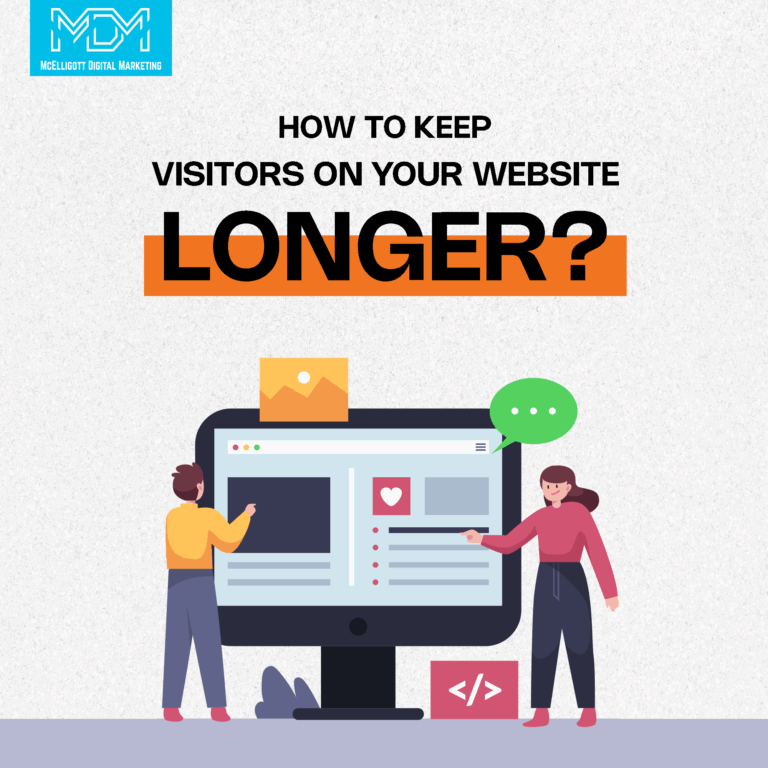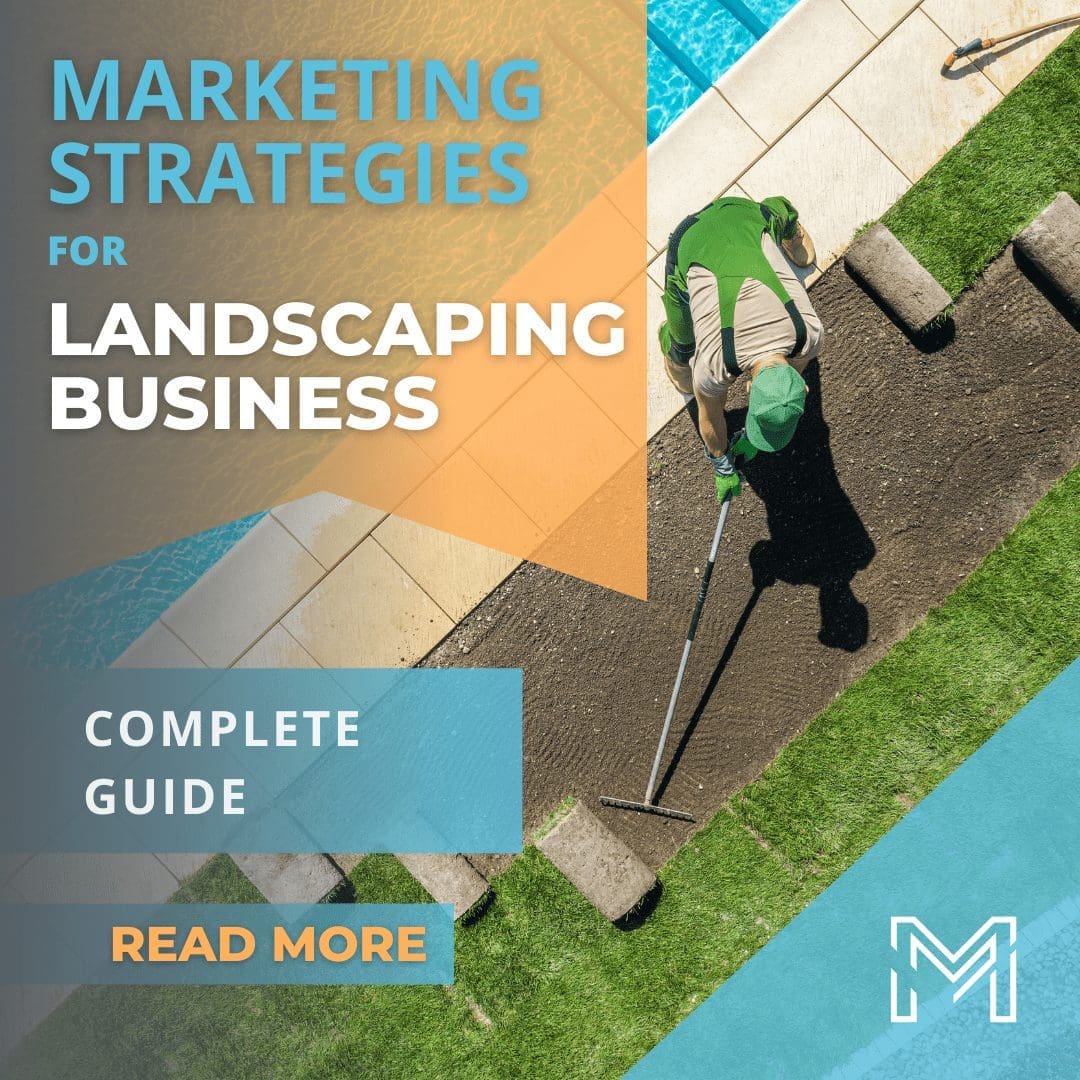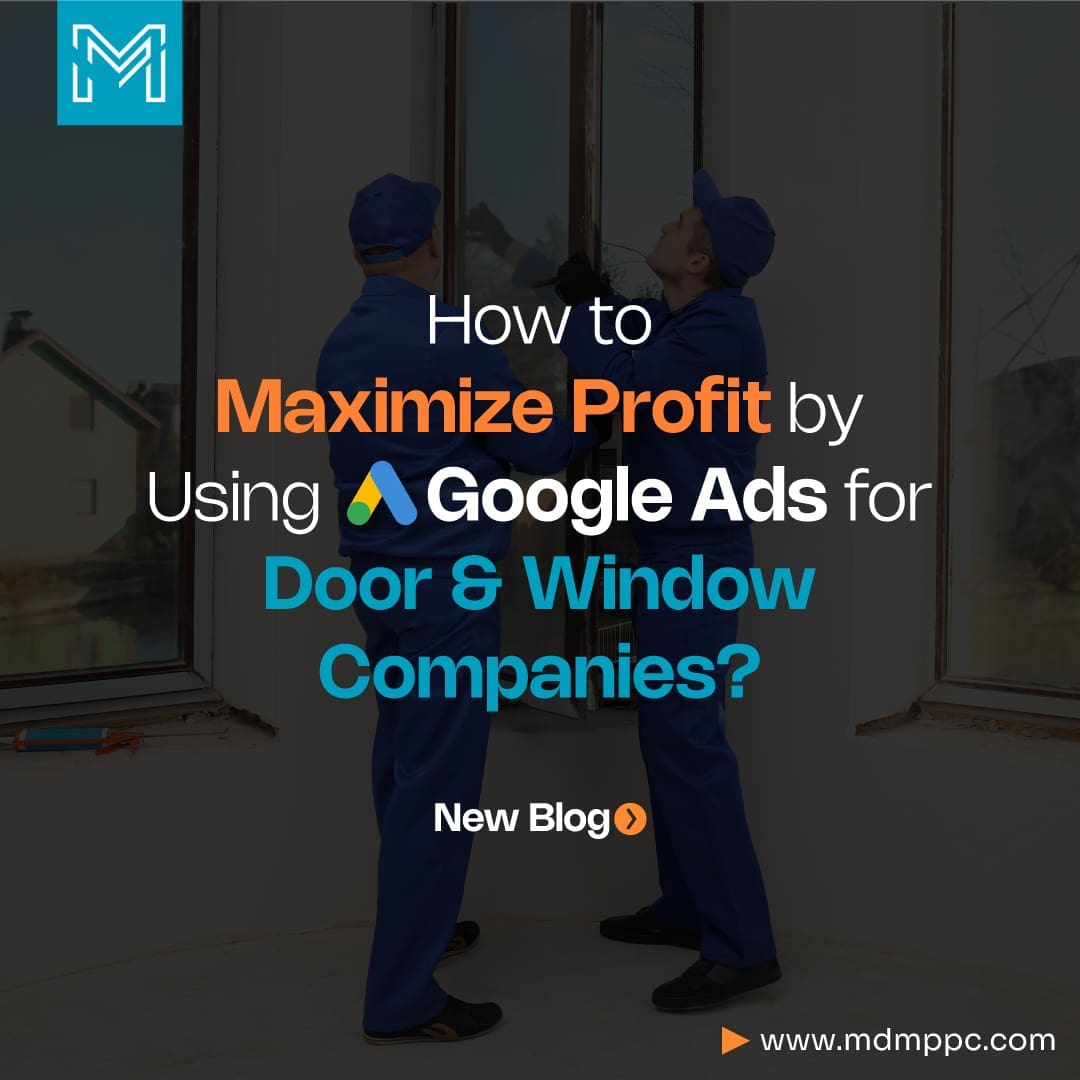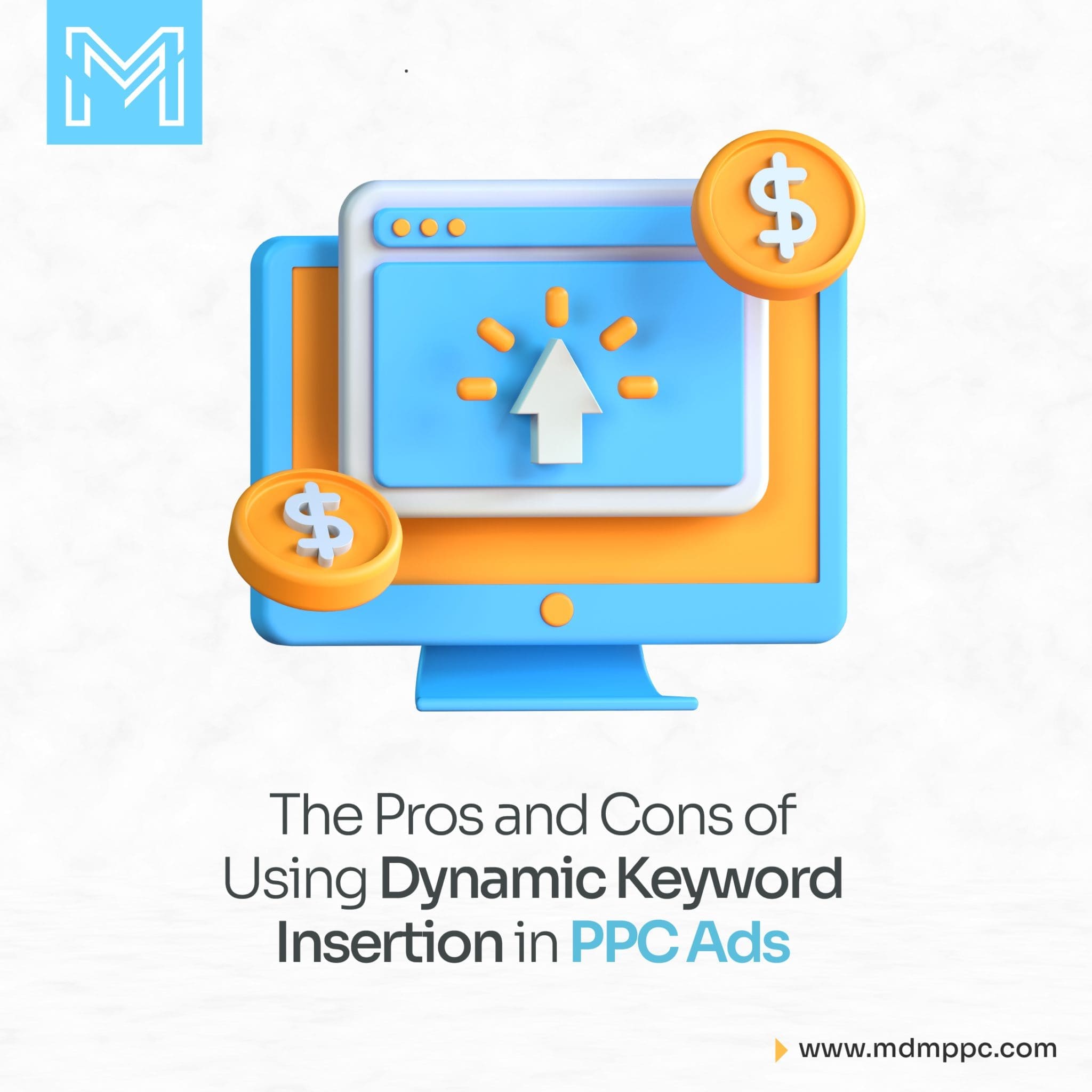Do people leave your website just seconds after landing on it? You’re not alone.
Many websites struggle to keep visitors engaged. Getting traffic is important, but keeping visitors on your site is even more valuable.
When users leave too quickly, it tells search engines that your content may not be useful. This hurts your SEO rankings. On the other hand, when people stay longer, they are more likely to read your content, trust your brand, and take action. They sign up, make a purchase, or come back later.
So, how can you make visitors stay longer? The answer is simple – give them a great experience. Your website should load fast, look good, and be easy to use.
In this blog, you’ll learn 10 simple and effective ways to keep your visitors engaged and interested.
10 Successful ways that hold visitors on your website longer
These strategies will help you retain people on your website. And this is important because, longer a person remains on your website, the more likely they are to take a desired action.
1. Optimize your website speed
Have you ever left a website because it took too long to load? Most people do. Studies show that if a page takes more than 3 seconds to load, people leave right away.
Slow websites are one of the biggest reasons visitors don’t stick around. No matter how good your content is, if your site is slow, people won’t wait to see it. They’ll move on to a faster website- maybe even your competitor’s.
You can check your website speed using free tools like Google PageSpeed Insights or GTmetrix. These tools also suggest ways to fix problems.
Here are a few simple things you should do.
- Compress large images
- Use a fast and reliable hosting service
- Remove unnecessary plugins or code
- Enable browser caching
A faster website gives users a better experience and keeps them around longer.
2. Improve navigation and site structure
If visitors cannot find what they’re looking for on your website without getting confused, they’ll leave.
Simple, clear navigation helps users move from one page to another without frustration. If your menus are messy or your pages are hard to find, people won’t stay long.
Here are a few tips to improve your site’s navigation.
- Use clear menu labels like “Services,” “About,” “Contact,” or “Blog.”
- Keep your menu at the top of every page.
- Add internal links to related pages or posts.
- Use breadcrumbs so users know where they are on your site.
A clean site structure helps visitors and also improves your SEO. When users explore your site easily, they stay longer and visit more pages.
3. Add high-quality, usable content
If your content is boring or hard to read, people will leave- even if your website looks great.
Good content keeps visitors interested. It answers their questions, solves their problems, or entertains them. Make sure your content is clear, helpful, and easy to scan.
Here’s how you do that.
- Use short paragraphs and simple language
- Add headings and bullet points to break up text
- Include real examples or stories
- Focus on what your audience wants to know
You can also mix up content types. Try blog posts, how-to guides, videos, or infographics. Different people like different formats.
The goal is to give your visitors something valuable. When your content is helpful and enjoyable, they’ll stay longer and come back again.
4. Use eye-catching visuals and multimedia
A wall of text is tiring to read. That’s why visuals are so important. They grab attention and make your content easier to understand.
People remember images and videos better than plain text. Human brains process visuals much faster. This means people are more likely to stay if your site includes pictures, charts, or videos.
Here are some ideas to put to use.
- Add high-quality images that match your content
- Use infographics to explain complex ideas
- Embed short videos to introduce your product or service
- Break up long sections of text with visuals
- Just make sure your images are not too large- big files slow down your site.
When you combine good content with eye-catching visuals, visitors stay longer and engage more with your website.
5. Add internal links to keep them exploring
Want visitors to view more than one page? Give them helpful links to click on.
Internal links are links that connect one page of your website to another. They guide visitors to related content and help them discover more about what you offer.
For example, if someone is reading about your services, you can link to your pricing page or a related blog post. This keeps them on your site longer.
Here’s how to use internal links well.
- Link to related blog posts or service pages
- Add “Read more” or “You may also like” sections
- Use clear and relevant anchor text (the clickable words)
Internal links also help search engines understand your site better. So it’s good for SEO, too. When visitors can easily move from one helpful page to another, they’re more likely to stay and take action.
6. Make it mobile-friendly
Many people visit websites using their phones. If your site doesn’t look good or work well on mobile, they’ll leave right away.
A mobile-friendly website adjusts to fit any screen, whether it’s a phone, tablet, or computer. It should be easy to read, click, and scroll on smaller devices.
Here’s how to make your site mobile-friendly.
- Use a responsive design that adapts to different screen sizes
- Make buttons large enough to tap easily
- Avoid tiny text or cluttered layouts
- Test your site using Google’s Mobile-Friendly Test tool
- Also, keep mobile loading speed in mind. Mobile users expect pages to load fast, just like on a desktop.
If your website works well on all devices, more visitors will stay longer, explore more, and come back in the future.
7. Use clear calls to action (CTAs)
Once visitors are on your site, what do you want them to do next? Don’t leave them guessing. A clear Call to Action (CTA) tells them exactly what step to take.
A CTA can be as simple as
- Read More
- Contact Us
- Subscribe Now
- Get a Free Quote
Place your CTAs where visitors can see them- at the end of a blog post, in the middle of a page, or even as a button in your header. Make sure they stand out with a different color or bold font.
Don’t overload the page with too many CTAs. Keep it focused.
A strong, clear CTA helps guide your visitors. It keeps them engaged and encourages them to spend more time exploring your site or taking action.
8. Add social proof and trust signals
People trust other people. When visitors see that others have used and liked your service, they’re more likely to stay and explore.
This is called social proof, and it builds trust.
Here are some easy ways to show it.
- Add customer reviews or star ratings
- Show client logos or user counts (e.g., “Trusted by 500+ customers”)
- Include short testimonials with names and photos
- Share success stories or case studies
You can also display trust signals like-
- Security badges
- Certifications
- Awards or media mentions
When your website feels trustworthy, visitors are more comfortable. They’ll spend more time reading, clicking, and learning instead of leaving quickly.
9. Use exit-intent popups wisely
Sometimes, visitors are about to leave your site, but you still have one last chance to grab their attention.
Exit-intent popups appear just as someone is about to close the page. You can use them to offer something useful, like
- A discount or special offer
- A free guide or checklist
- A newsletter signup
But be careful, too many pop-ups annoy users. Make sure your message is clear and the offer is valuable. Also, don’t block the whole screen or make it hard to close.
Used the right way, exit popups can turn a leaving visitor into a subscriber or customer. It’s a smart way to keep them engaged a little longer.
10. Analyze behavior and keep testing
Once your website is live, your job isn’t done. To keep visitors on your site longer, you need to understand how they behave and keep making improvements.
Start by using tools like
- Google Analytics to see which pages people visit, how long they stay, and where they drop off
- Hotjar or Microsoft Clarity to watch visitor recordings, heatmaps, and scroll depth
These tools help you find what’s working and what’s not. For example, if users leave quickly from a certain page, you may need to update the content or improve the layout.
You can also run A/B tests. This means trying two versions of a page (or a headline or button) to see which one gets better results.
Keep testing small changes and learning from your audience. Over time, these updates will help you create a better experience and keep your visitors on your website for longer.
Conclusion
One common reason visitors leave a website quickly is that it doesn’t give them the information they need. People search on Google with a goal in mind. They expect the website they click on to match that goal. If it doesn’t, they leave right away.
For example, imagine you own a clothing boutique in New York. But your website appears in search results for stores in other states. That kind of mismatch confuses users and pushes them away.
Make sure your content answers real questions. More people are using voice search and typing full questions into Google. If your content responds to these questions clearly, it will show up in better search results. You can even appear in Google’s featured snippets, which get a lot of attention and clicks.
So next time you write a blog post, don’t just ask, “What should I write?” Instead, ask, “What is my audience searching for and how can I help them find it?”
Need help with SEO optimized content that makes visitors stay? McElligott Digital Marketing can help. We hold your hands right from website services to SEO, marketing, and PPC ads.
Get a FREE consultation today at (833) 772-4897.
FAQs
1. Why do visitors leave my website so quickly?
Users leave quickly (a high bounce rate) when your website loads slowly, is hard to use, or doesn’t provide the content they expected. It’s important to match user intent, improve site speed, and make your pages easy to explore.
2. How long should visitors stay on my website?
There’s no perfect number, but on average, a visit lasting 2-3 minutes with multiple page views is considered good. The goal is to keep people engaged long enough to explore your content or take action, like filling out a form or making a purchase.
3. What’s the best way to increase time spent on my site?
Focus on valuable, easy-to-read content, fast loading speeds, and a clean layout. Add internal links, use visuals, and answer your audience’s questions. These steps make visitors stay longer.





